By futureTEKnow | Editorial Team
Imagine robots that don’t just think and act autonomously, but also grow, adapt, and heal themselves—much like living organisms. Recent breakthroughs from Columbia University have made this vision a reality with the advent of robot metabolism, a pioneering process that enables robots to consume parts of other machines to improve their own structure and functionality.
“True autonomy means robots must not only think for themselves but also physically sustain themselves,”
-Philippe Martin Wyder, researcher at Columbia Engineering and the University of Washington
Traditional robots are usually static systems—they are built with fixed bodies and rely entirely on humans for repairs and upgrades. Although artificial intelligence has advanced remarkably in enhancing robot cognition, their physical forms have largely remained monolithic, unadaptive, and closed. This gap between digital intelligence and robotic bodies restricts robots’ ability to thrive in dynamic or harsh environments.
Robot metabolism changes that by treating robotic components as modular building blocks that can be rearranged, replaced, or recombined. Inspired by biological systems where organisms consume and repurpose resources, these robots can “feed” on other machines or environmental materials to grow stronger, repair damage, or adapt to new tasks. For example, a tetrahedral robot prototype integrated an extra module acting like a walking stick, allowing it to improve downhill speed by over 66% without human intervention.
The robots utilize simple, magnetic, bar-shaped units known as Truss Links. These links can autonomously attach, detach, and form complex three-dimensional shapes. Starting from individual units, the robots self-assemble into larger structures such as triangles or tetrahedrons capable of movement and manipulation.
This modular approach mirrors biological development, where complex structures emerge from smaller, reusable parts. The ability to dismantle and repurpose components fosters long-term resilience and physical autonomy, allowing robotic systems to persist and evolve in extreme or unpredictable environments.
The potential of robot metabolism is particularly exciting for fields where human maintenance is difficult or impossible, including:
Disaster recovery missions, where robots need to adapt to damaged infrastructure and uncertain terrain.
Space exploration, where self-sufficient machines could repair and upgrade themselves without resupply missions.
Autonomous manufacturing, enabling continuous self-improvement and repair on factory floors.
Defense operations, where maintaining robot fleets remotely is critical.
By enabling robots to take care of their own physical needs, this technology could reduce downtime and extend the operational lifespan of robotic systems significantly, creating a future of self-sustaining robot ecologies.
Philippe Martin Wyder, the lead author of the study, emphasizes that true robot autonomy requires marrying advanced AI with physical self-maintenance. While software can now learn and adapt rapidly, the robot’s body must also keep pace by physically evolving.
This fusion could spark a new era where robots learn not only to think smarter but also grow physically smarter—matching AI-driven cognitive improvements with equivalent enhancements in their mechanical abilities. The implications reach far beyond efficiency, potentially transforming how autonomous machines interact with the world.
As robot ecosystems grow, the ability of machines to “metabolize” parts from one another raises essential questions about autonomy and maintenance in an increasingly automated world.
Hod Lipson, a co-author and lab director, points out the impracticality of relying on humans to constantly repair robots as they become ubiquitous—from driverless cars to space probes. Instead, robots must learn to self-repair, self-improve, and even self-reproduce to keep up with expanding roles.
The research team envisions a future where robot ecologies thrive independently, adapting structures spontaneously and effectively deploying resources—much like biological organisms do naturally.
This breakthrough in robotics is a landmark example of combining principles from biology and engineering to push the boundaries of machine autonomy. By rethinking how robots interact with their physical world through modular, consumable parts, robot metabolism promises a transformative shift in how machines sustain, improve, and evolve themselves long-term.
The research, funded by DARPA marks a critical step toward robots that are no longer fixed entities but dynamic, self-sustaining systems capable of physical growth and repair—heralding a new era in robotics innovation.
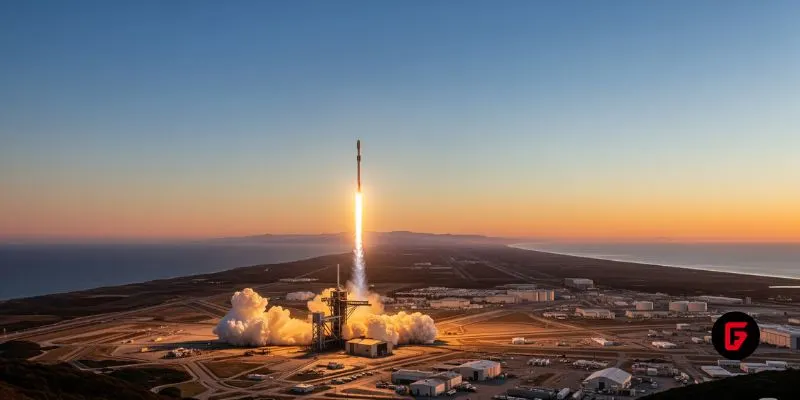
SpaceX aims to nearly double launches from Vandenberg in 2025, facing support from federal agencies but strong objections from the state and local communities.

Traditional Medicare will pilot AI-assisted prior authorization in 2026 across six states, focusing on high-risk outpatient services. Clinicians retain final say, but incentives and access concerns loom as CMS tests fraud reduction and “gold card” exemptions. Here’s what providers and patients should know.

OpenArt’s new “one-click story” compresses scripting, visuals, and edits into ready-to-post short videos—fueling viral growth and a fresh IP debate. We break down how it works, adoption signals, what’s next (multi-character, mobile), and practical guardrails creators and brands should follow to stay original and compliant.
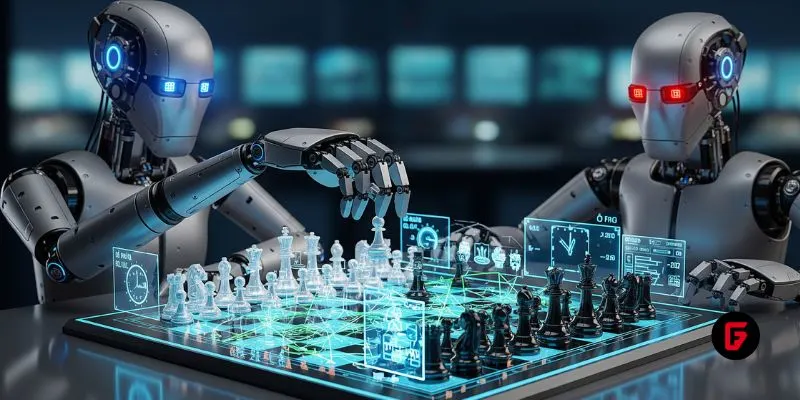
OpenAI’s o3 swept the Kaggle AI chess tournament, defeating xAI’s Grok 4–0. The victory fueled the intense rivalry between Altman and Musk, reshaping AI benchmarks.
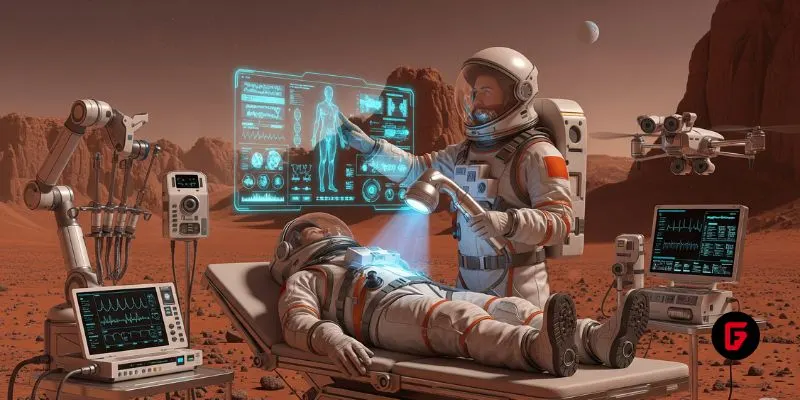
NASA and Google’s AI-powered Crew Medical Officer Digital Assistant enables autonomous diagnoses for astronauts on Mars missions, redefining remote healthcare for space and Earth.

Pinterest’s CEO confirms that fully agentic AI shopping is years away, as the platform invests in AI-powered tools to enhance discovery, inspiration, and personalized shopping experiences for millions.
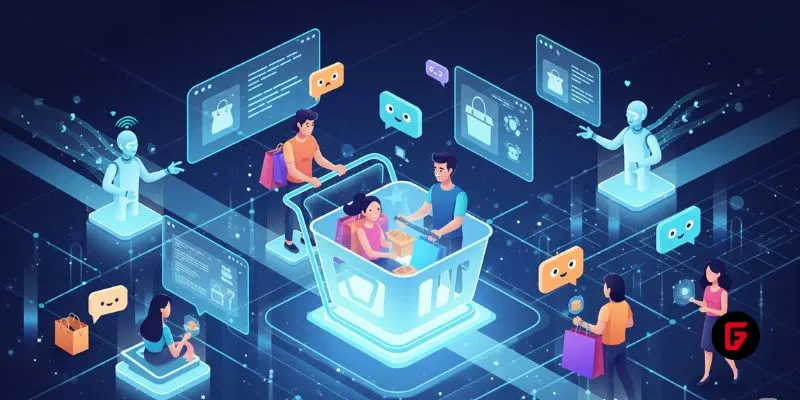
Shopify’s new AI shopping tools are transforming e-commerce, letting agents and chatbots deliver smooth, personalized shopping and checkout experiences across platforms. Learn how these innovations reshape online retail.

Meta has acquired WaveForms AI, a startup pioneering emotion-detecting voice technology. Learn what this means for Meta’s AI voice ambitions and the future of AI audio.

Tracelight is revolutionizing financial modelling for finance professionals with AI-powered Excel tools that automate complex tasks, reduce errors, and unlock new analysis capabilities. Learn how this next-gen solution changes the future of spreadsheets.
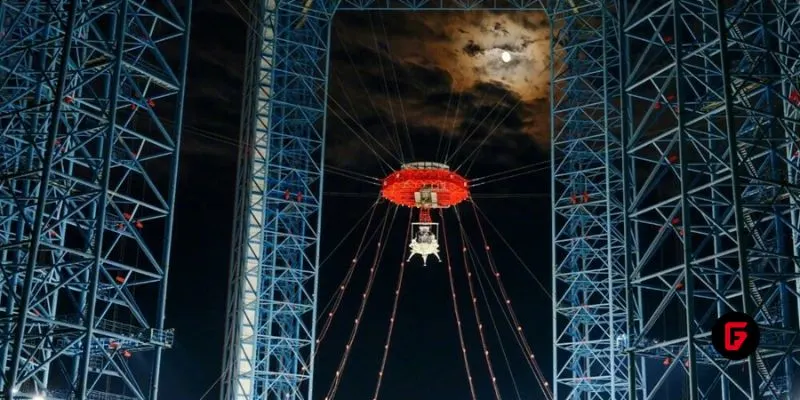
China’s Lanyue lander completed its first major test, showcasing advanced engineering for safe, crewed moon landings before 2030. Explore how this milestone shapes the space race.

Microsoft rolls out GPT-5 across its Copilot suite, integrating smarter AI for enterprise and personal users. Discover new features, free access, and what sets this launch apart.
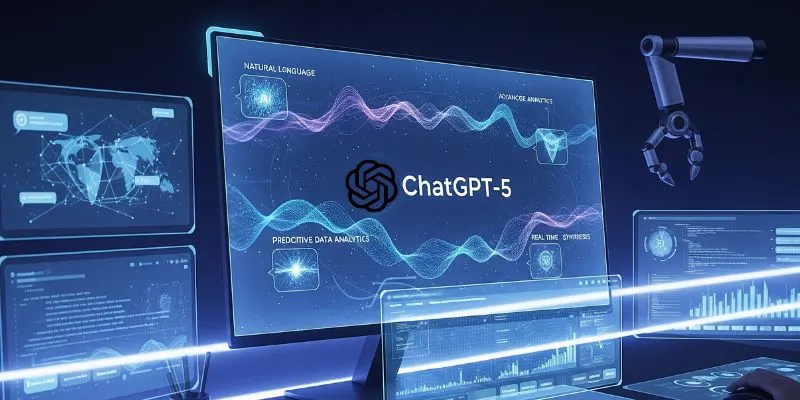
OpenAI’s GPT-5 is now live for all ChatGPT users. It brings faster, smarter AI with improved reasoning, expanded context, and safer outputs—marking a major leap in generative technology.
To provide the best experiences, we use technologies like cookies to store and/or access device information. Consenting to these technologies will allow us to process data such as browsing behavior or unique IDs on this site. Thanks for visiting futureTEKnow.